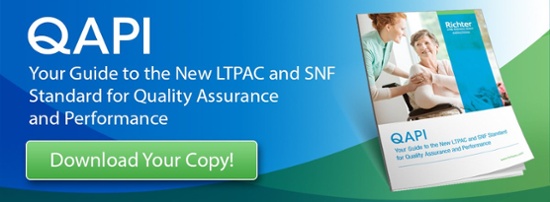- Solutions
- Accounting
- Additional Documentation Requests (ADRs) Management & Support
- Clinical Consulting
- EHR Implementation & Optimization
- Medicaid Eligibility
- Outsourced Contract Controller Services
- Outsourced Revenue Cycle Management
- PointClickCare® Consulting
- QAPI Consulting
- Resident Trust Fund Management & Advisory Services
- Revenue Cycle and Reimbursement Consulting
- Who We Serve
- Resources
- Careers
- About Us
- Contact

.jpg?width=350&name=IMAGE_The%20Top%205%20Metrics%20SNFs%20Should%20Focus%20on%20Today%20to%20Stay%20Viable%20and%20Competitive%20(ID%20158091).jpg)

